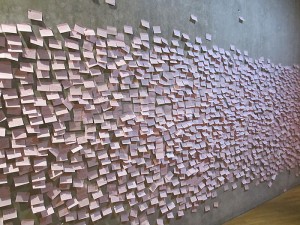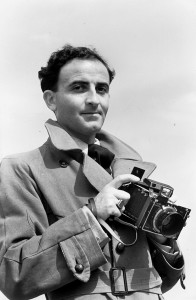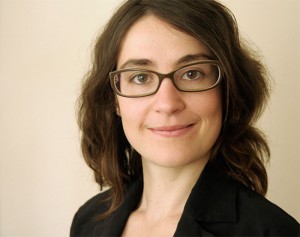
A wall full of questions at the exhibition “The whole truth” © Jewish Museum Berlin, photo: Thomas Valentin Harb
The special exhibition entitled “The whole truth… everything you always wanted to know about Jews” ended more than a year ago. Besides the animated discussions and empty display cases, there are thousands of pink post-it notes left over. Visitors stuck their questions, commentary, and impressions on a concrete wall after they went through the exhibition and left the museum. A kind of analog “facebook” arose out of these contributions, above and beyond the contents of the exhibition itself. Visitors commented on each others’ notes and raised new questions: on the history of Jews in Germany, on the conflict in the Middle East, on the relationship between Christianity and Judaism, and – again and again – on the subject of circumcision. At this point, the Jewish Museum Berlin had already decided to dedicate not just another blog post to the contentious topic (as part of the series “Question of the month”), but an entire new exhibition.
We recall: → continue reading
108 years ago, on 29 September 1906, in the Neukölln neighborhood of Berlin, the photographer Herbert Sonnenfeld caught his first glimpse of the light of the world.
His photographs constitute one of the largest and most important portfolios in the Jewish Museum Berlin’s photographic archive. The Sonnenfeld collection consists of some 3000 negatives taken between 1933 and 1938. Along with Abraham Pisarek and Arno Kikoler, Sonnenfeld is one of the few Jewish photographers to document Jewish life in and around Berlin in the 1930s, passing down to us today an unparalleled photographic witness to that period.

Herbert Sonnenfeld, photograph by Leni Sonnenfeld, Berlin ca. 1935
© Jewish Museum Berlin, purchased with funds provided by Stiftung DKLB
Herbert Sonnenfeld first worked as an insurance employee before being laid off as a result of the Nazi regime’s anti-Semitic measures. He came to photography circuitously and was an autodidact. Following a trip to Palestine in 1933, his wife Leni approached various Jewish newspapers and offered them her husband’s pictures. They were enthusiastic, promptly bought up the prints, and asked for more. Thus began Sonnenfeld’s career as a press photographer.
→ continue reading
Tomorrow evening, 9 September 2014, the cultural anthropologist Alina Gromova will present her book “Generation ‘kosher light’” (transcript Verlag 2013) in the Academy of the Jewish Museum Berlin. As in the case of the many other authors whose “New German Stories” we recently discussed, we put three questions to Ms. Gromova prior to her reading:

Alina Gromova © Judith Metze
Alina, for your study of an international group of young Jews in Berlin you took the city itself as your springboard. Exploring the locations where your subjects live, hang out, mingle and party enabled you to chart their diverse notions of identity, tradition and religion. Why did you opt for such an explicitly spatial focus?
Identity and tradition are terms often difficult to grasp, because they are interwoven with symbols, values, wishful thinking or memories. A space, however, has not only a symbolic but also a physical dimension and is therefore more palpable. Personally, I don’t see a space as a 3-D void waiting to be filled by people or things. On the contrary, people and things are what create a space in the first place. And urban space is especially fascinating, I find, because a broad cultural and religious spectrum often occupies one and the same spot, however tiny; and different elements simultaneously give rise there to their own spaces, so the result is a palimpsest of spaces that then interconnect.
→ continue reading


